Help with the option of transplanting a 6' Blue Atlas Cedar
donnaroe
9 years ago
Featured Answer
Sort by:Oldest
Comments (15)
donnaroe
9 years agoRelated Professionals
Carlisle Landscape Architects & Landscape Designers · New Bedford Landscape Architects & Landscape Designers · Clark Landscape Architects & Landscape Designers · Oatfield Landscape Architects & Landscape Designers · Taylorsville Landscape Architects & Landscape Designers · West Chester Landscape Architects & Landscape Designers · Canton Landscape Contractors · Concord Landscape Contractors · East Haven Landscape Contractors · Edwardsville Landscape Contractors · Lakewood Landscape Contractors · Louisville Landscape Contractors · Midland Landscape Contractors · North Ridgeville Landscape Contractors · Paramount Landscape Contractorsken_adrian Adrian MI cold Z5
9 years agoSara Malone Zone 9b
9 years agodonnaroe
9 years agodonnaroe
9 years agoSara Malone Zone 9b
9 years agodonnaroe
9 years agoSara Malone Zone 9b
9 years agodonnaroe
9 years agonurseryman33
9 years agonurseryman33
9 years agonurseryman33
9 years agonurseryman33
9 years agonurseryman33
9 years ago
Related Stories

GARDENING GUIDESGreat Design Plant: Cedrus Atlantica ‘Glauca’
With its blue foliage and variety of shapes, blue atlas cedar earns its place in the sun
Full Story
PETS6 Ways to Help Your Dog and Landscape Play Nicely Together
Keep your prized plantings intact and your dog happy too, with this wisdom from an expert gardener and dog guardian
Full Story
EXTERIORSHelp! What Color Should I Paint My House Exterior?
Real homeowners get real help in choosing paint palettes. Bonus: 3 tips for everyone on picking exterior colors
Full Story
STANDARD MEASUREMENTSThe Right Dimensions for Your Porch
Depth, width, proportion and detailing all contribute to the comfort and functionality of this transitional space
Full Story
REMODELING GUIDESDesign Dilemma: How Do I Modernize My Cedar Walls?
8 Ways to Give Wood Walls a More Contemporary Look
Full Story
COLORExterior Color of the Week: 6 Ways With Sage Green
See how to set your home apart with this popular green
Full Story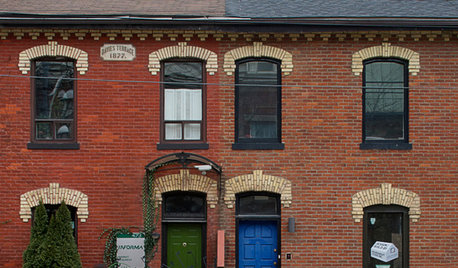
FRONT DOOR COLORSFront and Center Color: When to Paint Your Door Blue
Who knew having the blues could be so fun? These 8 exterior color palettes celebrate sunny-day skies to electric nights
Full Story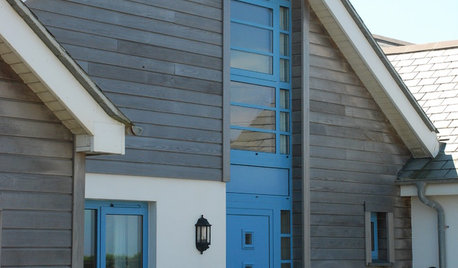
EXTERIORSThe Joyful Exterior: How to Give Your Home Just the Right Touch of Blue
Here are ways to add blue to the outside of your house — and 8 palettes to try
Full Story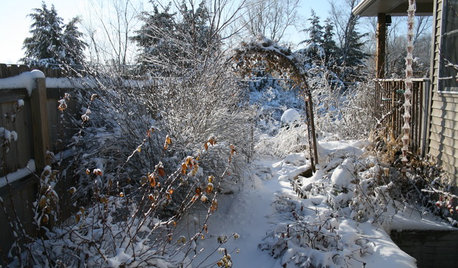
LIFE6 Ways to Beat the Winter Blahs
Snow and dark days dampening your spirits? These ideas will have you looking on the bright side
Full Story
KITCHEN DESIGNYour Guide to 6 Kitchen Island Styles
L-shaped, galley, curved or furniture-style? Find out which type of kitchen island is right for you
Full Story





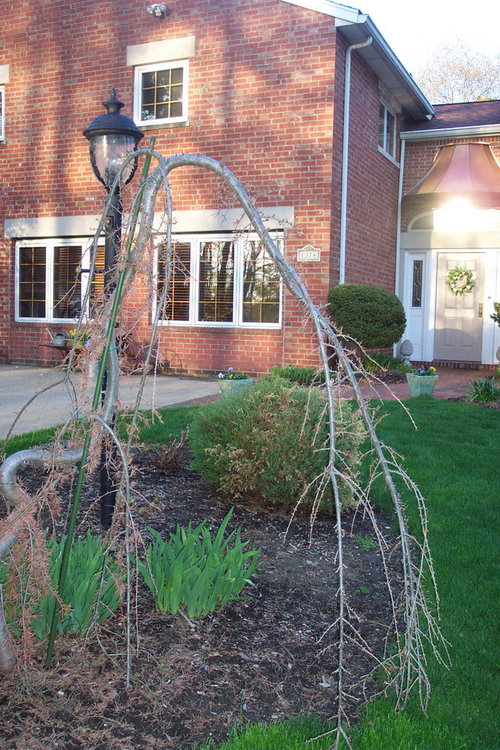


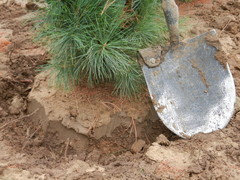
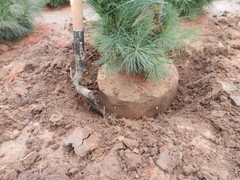
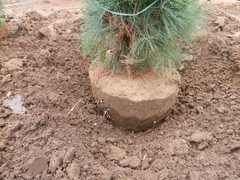
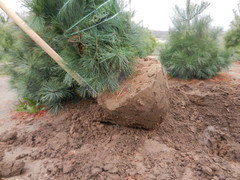
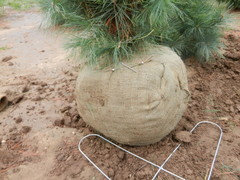




Sara Malone Zone 9b